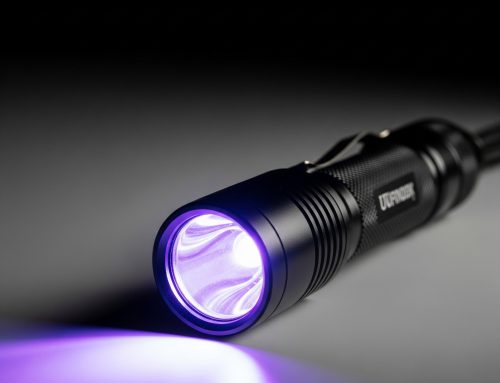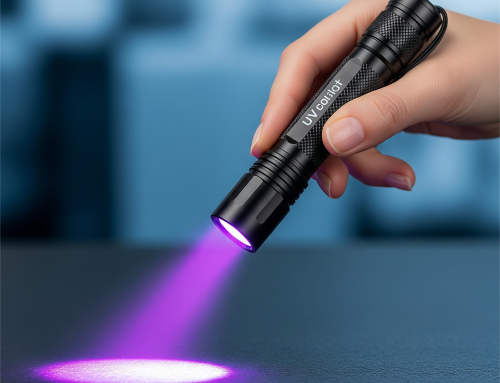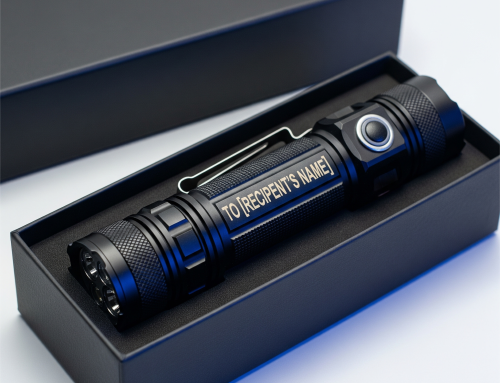Night hiking can be a truly rewarding experience, allowing you to connect with nature in a unique way. However, it’s essential to have the right gear to ensure your safety and enjoyment. One of the most important pieces of equipment for night hiking is a high-intensity flashlight. Here’s a guide on how to effectively use a flashlight for your nighttime adventures.
Choosing the Right Flashlight
- Brightness: Ensure your flashlight has enough lumens to illuminate your path adequately.
- Beam pattern: A combination of spot and flood beams is ideal. Spot beams are great for long-distance viewing, while flood beams provide a wider area of illumination.
- Battery life: Opt for a flashlight with a long battery life, especially if you plan on extended hikes.
- Durability: Look for a flashlight that is waterproof and shockproof to withstand the rigors of outdoor adventures.
Essential Tips for Night Hiking with a Flashlight
- Check Batteries: Before you hit the trail, ensure your flashlight’s batteries are fully charged. Consider carrying spare batteries or a power bank.
- Learn Your Flashlight: Familiarize yourself with your flashlight’s different modes and functions before your hike.
- Secure Your Flashlight: Use a headlamp or a flashlight holder to keep your hands free and prevent accidental drops.
- Scan Your Path: Use your flashlight to scan both near and far distances to identify obstacles and potential hazards.
- Avoid Direct Eye Exposure: Shining your flashlight directly into someone’s eyes can be disorienting.
- Use Red Light: If you’re camping or need to preserve night vision, use a red light setting. Red light has less impact on night vision than white light.
- Hike with a Buddy: It’s always safer to hike with a companion, especially at night.
- Tell Someone Your Plans: Inform a friend or family member about your hiking route and expected return time.
Safety First
- Stay on Marked Trails: Stick to well-marked trails to avoid getting lost.
- Be Aware of Wildlife: Make noise as you walk to alert any animals of your presence.
- Check Weather Conditions: Be aware of the weather forecast and dress accordingly.
- Carry a First-Aid Kit: Accidents can happen, so it’s important to be prepared.
By following these tips, you can safely and enjoyably explore the outdoors at night. Remember, preparation is key to a successful night hike.



